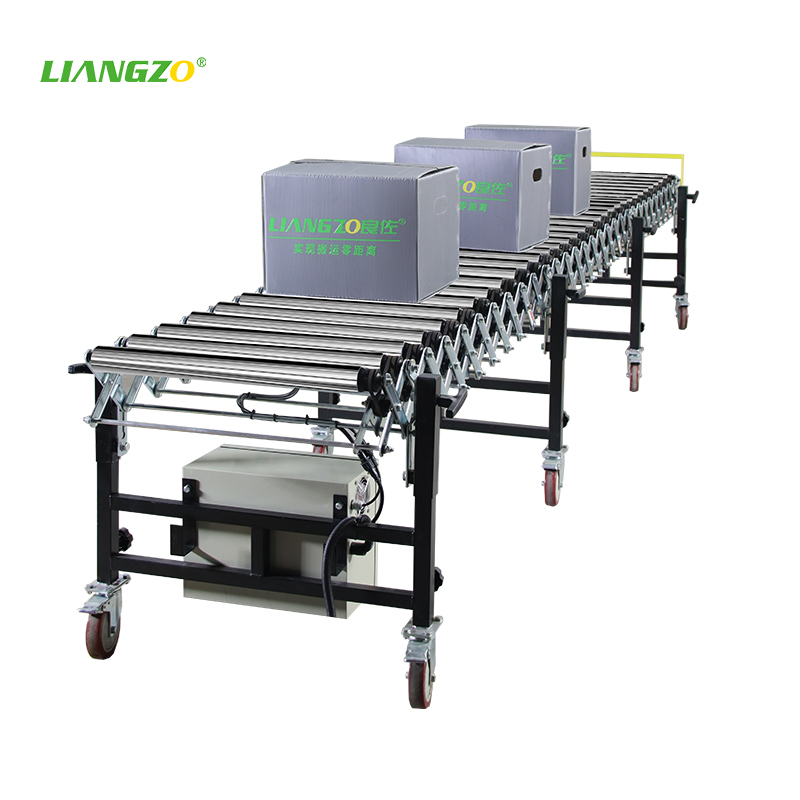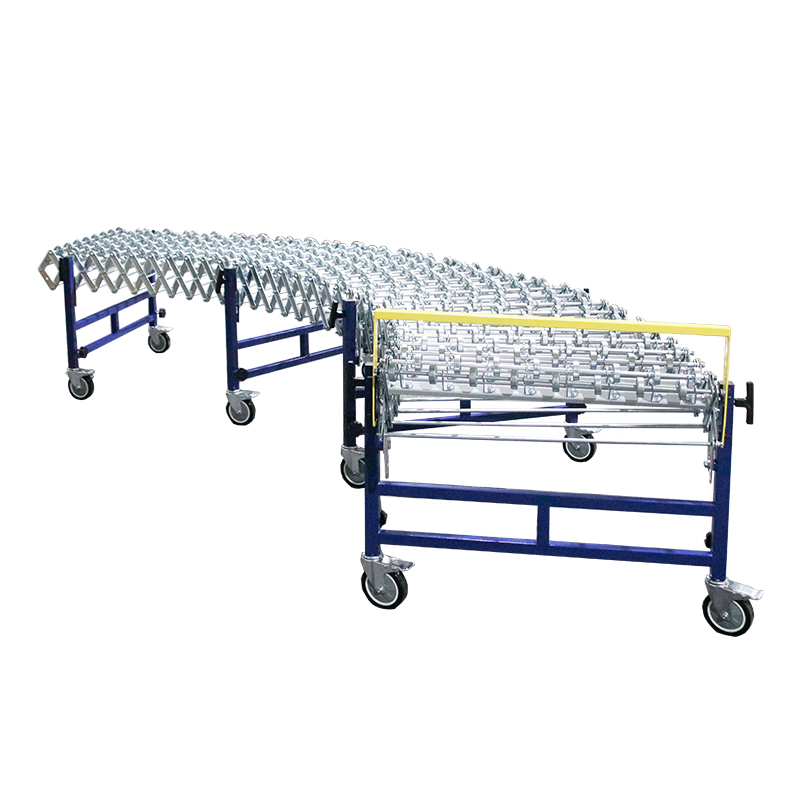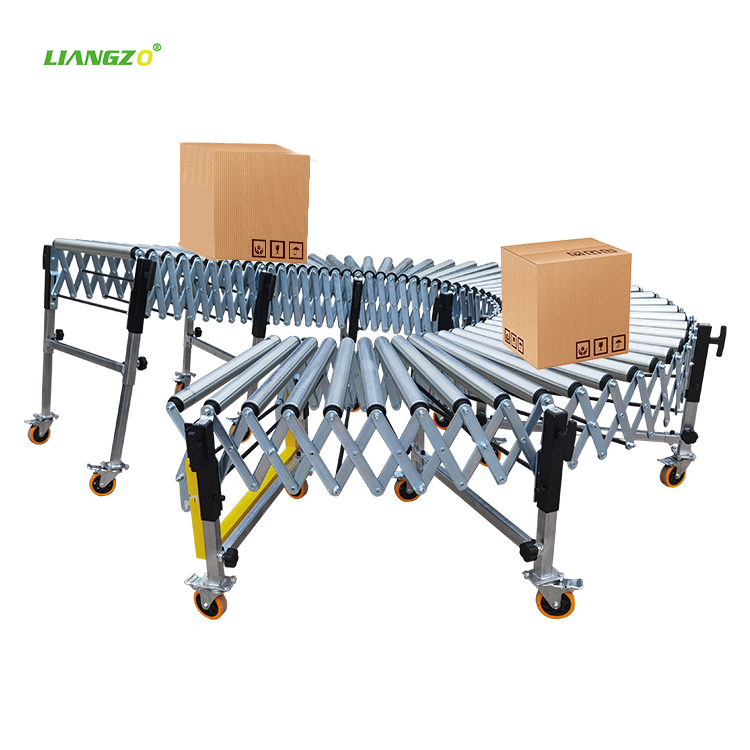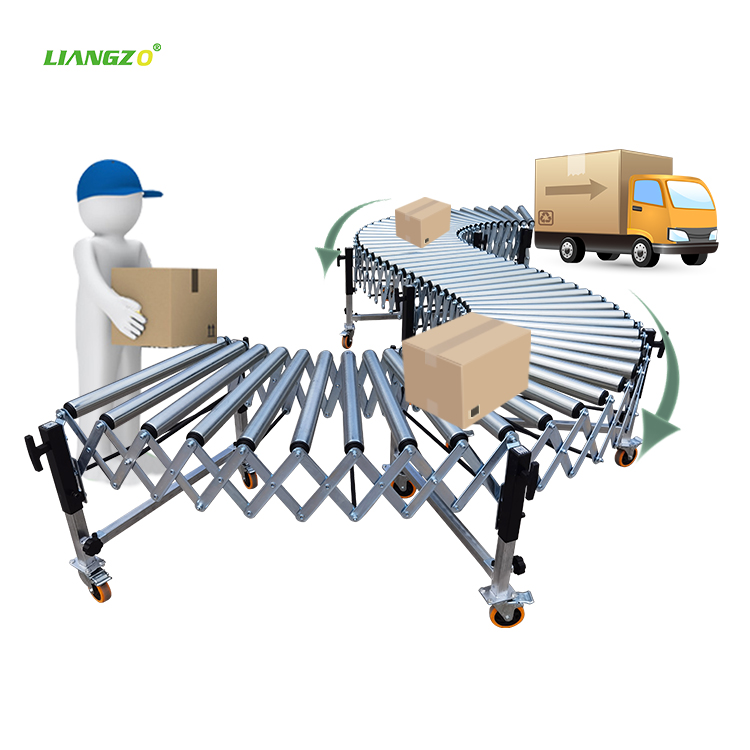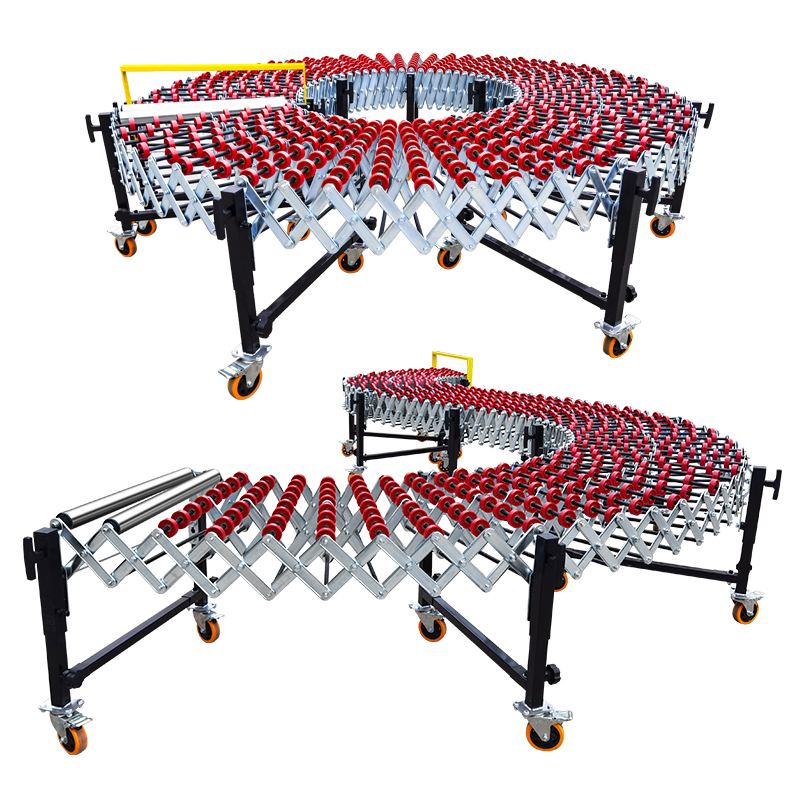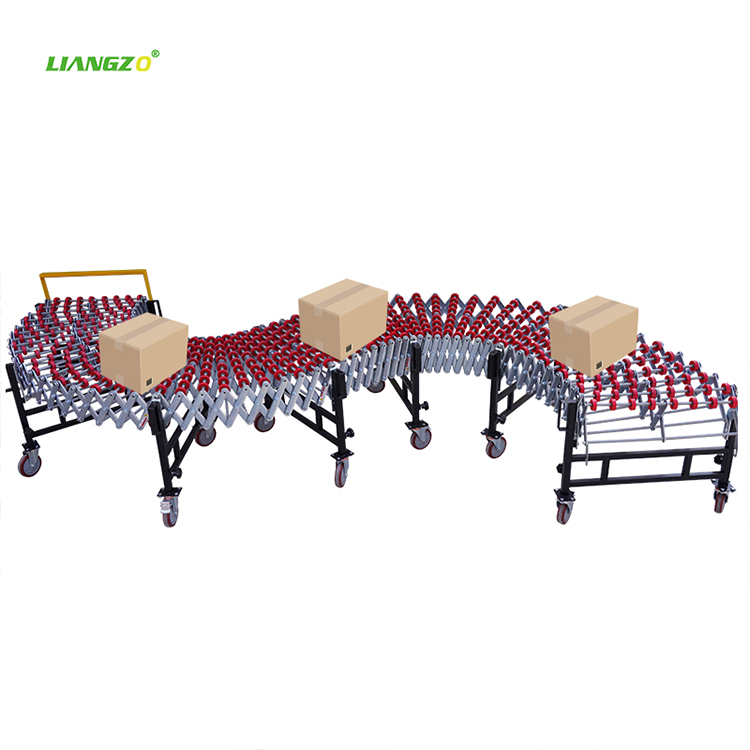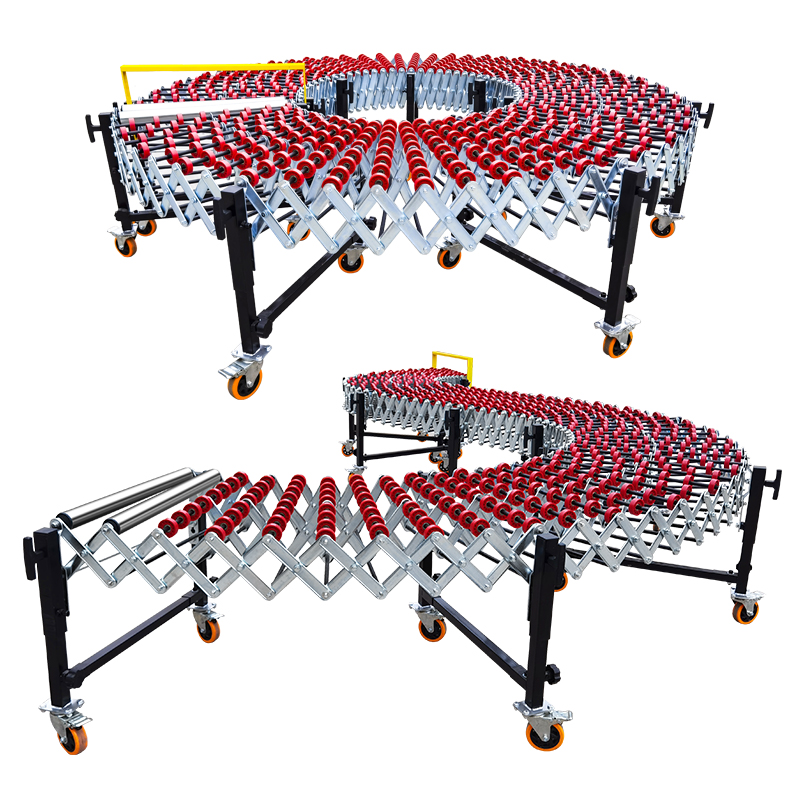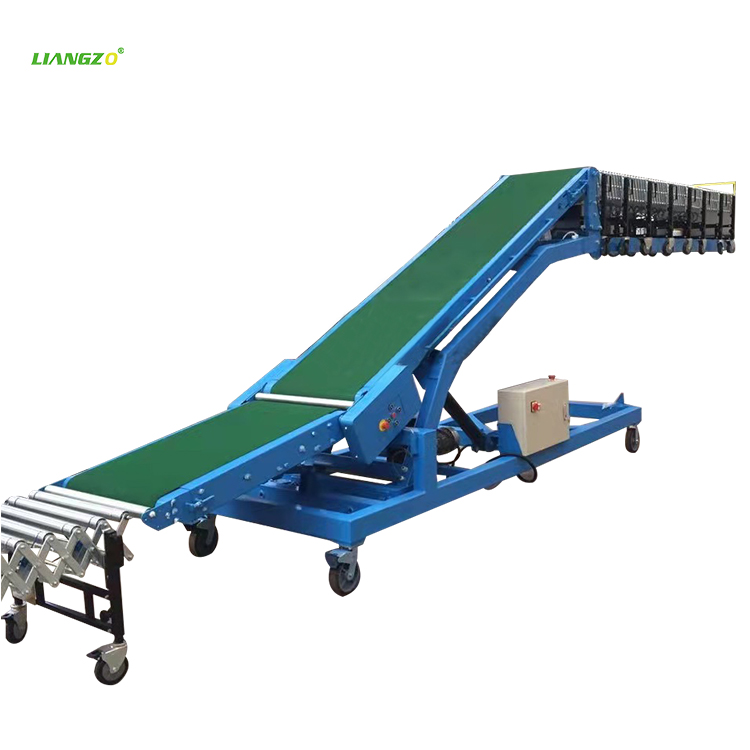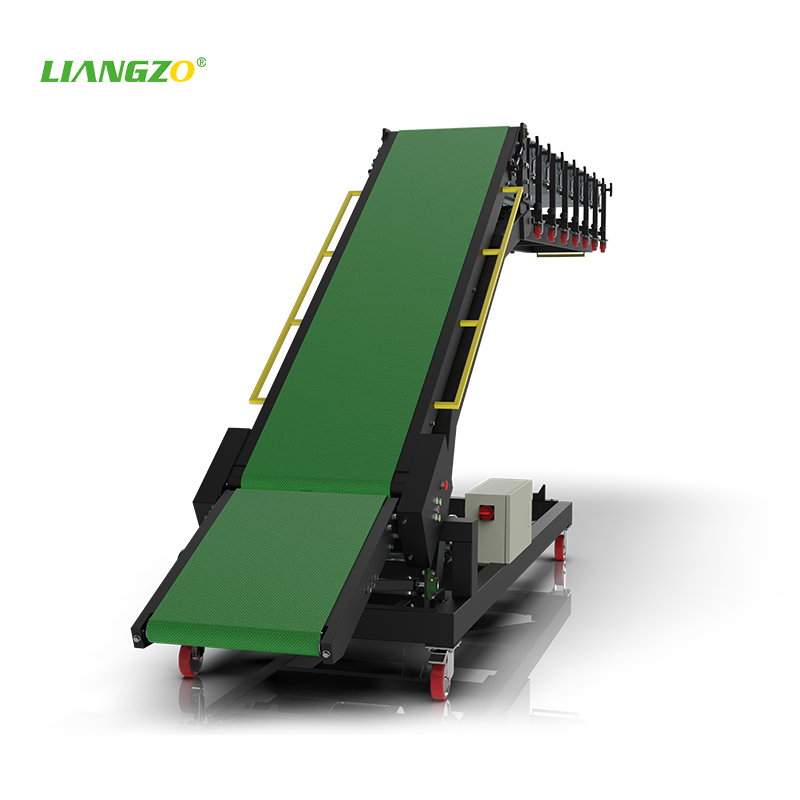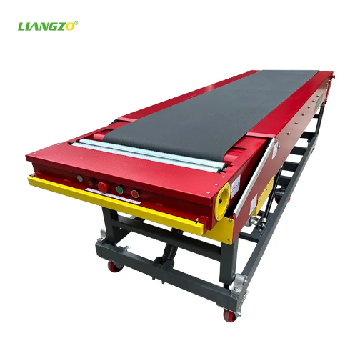Introduction
The logistics and warehousing industries are undergoing a massive transformation, driven by automation and smart material handling solutions. Among the most impactful innovations are electric power flexible conveyors, which are redefining efficiency in loading and unloading operations. These advanced conveyor systems offer unparalleled adaptability, speed, and automation, making them indispensable in warehouses, distribution centers, manufacturing plants, and ports.
This article explores how electric-powered flexible conveyors enhance loading and unloading processes, their key benefits, real-world applications, and future trends in the industry.
1. The Growing Demand for Efficient Loading and Unloading Systems
With the rapid growth of e-commerce, just-in-time manufacturing, and global supply chains, businesses face increasing pressure to move goods faster and more cost-effectively. Traditional loading and unloading methods—such as manual labor, forklifts, and fixed conveyors—often lead to bottlenecks, high labor costs, and safety risks.
Electric power flexible conveyors address these challenges by providing:
Automated material flow – Reducing reliance on manual labor.
Adjustable configurations – Adapting to different truck and container sizes.
Seamless integration – Connecting with warehouse management systems (WMS) and robotics.
According to a report by Mordor Intelligence, the global conveyor market is expected to grow at a CAGR of 4.5% from 2023 to 2028, with flexible and motorized conveyors leading the charge.
2. Key Features of Electric Power Flexible Conveyors
Electric-powered flexible conveyors stand out due to their unique design and functionality:
A. Motorized Belt System
Powered by electric motors for consistent, high-speed movement.
Variable speed control to match operational needs.
B. Expandable & Adjustable Length
Telescopic or modular designs extend to reach deep into trucks/trailers.
Adjustable height and angle for ergonomic loading/unloading.
C. Mobility & Portability
Some models come with wheels for easy relocation.
Ideal for multi-dock operations or temporary setups.
D. Smart Technology Integration
IoT-enabled sensors for real-time tracking.
Compatibility with automated guided vehicles (AGVs) and robotic arms.
3. How Electric Flexible Conveyors Improve Loading & Unloading
A. Faster Turnaround Times
Continuous automated movement reduces loading/unloading time by up to 50%.
Eliminates manual handling delays, speeding up truck dispatch.
B. Enhanced Worker Safety
Reduces heavy lifting, lowering workplace injuries.
Ergonomic designs minimize strain on employees.
C. Space Optimization
Flexible conveyors can be retracted when not in use, freeing up dock space.
Ideal for warehouses with limited space.
D. Reduced Product Damage
Smooth, controlled movement prevents drops and impacts.
Gentle handling of fragile goods.
E. Lower Operational Costs
Decreases reliance on manual labor, cutting labor expenses.
Energy-efficient motors reduce electricity consumption.
4. Real-World Applications
A. E-Commerce & Parcel Distribution
Companies like Amazon and FedEx use flexible conveyors for rapid sorting and truck loading.
High-speed automation meets same-day delivery demands.
B. Manufacturing & Assembly Lines
Moves raw materials and finished goods efficiently.
Reduces downtime between production and shipping.
C. Ports & Logistics Hubs
Speeds up container unloading, reducing ship turnaround time.
Handles heavy loads with high durability.
D. Retail & Cold Chain Logistics
Ensures fast movement of perishable goods.
Reduces temperature exposure during loading/unloading.
5. Future Trends in Flexible Conveyor Technology
The next generation of electric flexible conveyors will feature:
AI-driven automation – Predictive maintenance and self-adjusting speeds.
Green energy solutions – Solar-powered and energy-recovery systems.
Enhanced IoT connectivity – Fully integrated smart warehouses.
6. Conclusion
Electric power flexible conveyors are revolutionizing loading and unloading operations by improving efficiency, safety, and cost-effectiveness. As logistics demands grow, these systems will become even more critical in supply chain management. Companies investing in this technology today will gain a competitive edge in tomorrow’s fast-moving market.


